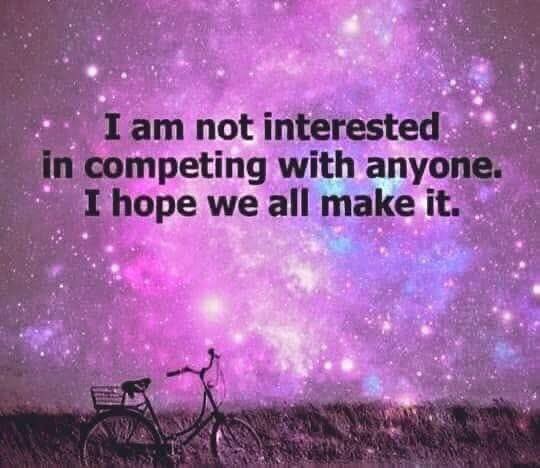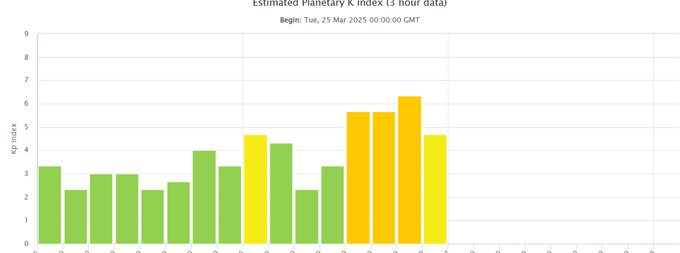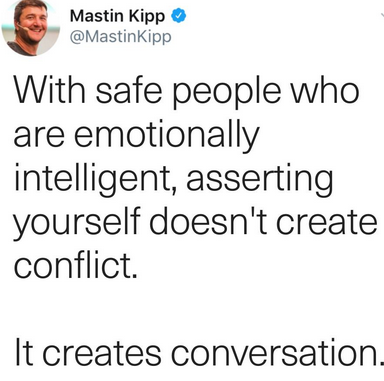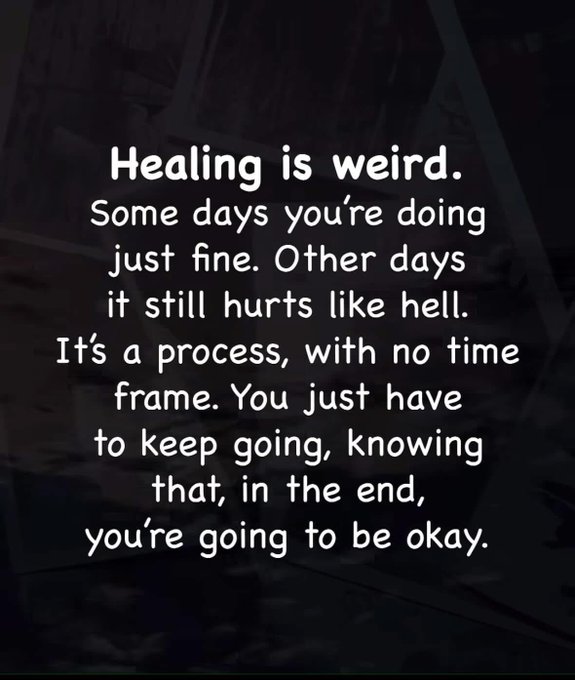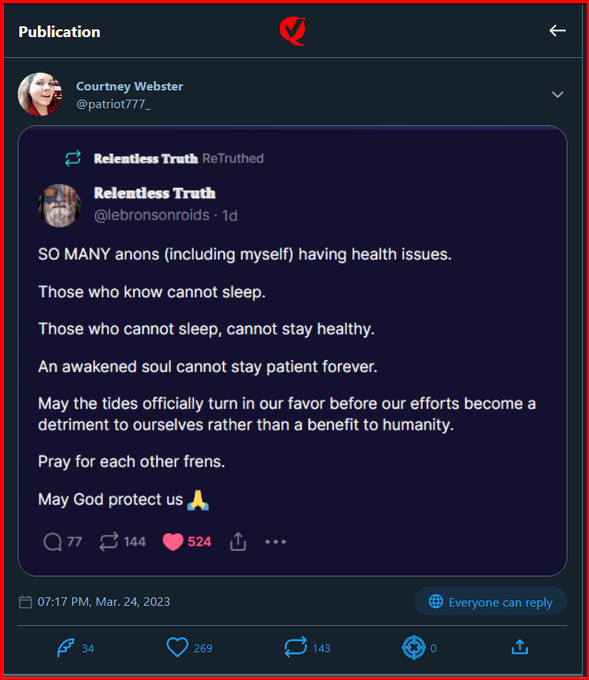Safety, Survival, and the Hyperattuned Brain
|
| From a psychological perspective, a healthy brain needs safety above all. |
| Safety—both physical and emotional—forms the foundation of a well-regulated nervous system. When a child grows up in a stable environment, they have the proper security to explore both novelty and familiarity within the context set by their caregivers. |
| This balance (novelty and familiarity) is what allows for clear thinking, emotional resilience, and sound decision-making. |
| Conversely, when emotional or physical safety is lacking, chronic stress takes over, disrupting brain function and making impulsivity, anxiety, and poor decision-making the norm rather than the exception. The disruption is not limited to behavior and emotions—it extends deep into the very structure of the brain. |
| Chronic stress and trauma can rewire the brain in ways similar to physical brain injuries. |
| Neuroimaging reveals that the networks affected in Traumatic Brain Injuries (or TBIs) in veterans and patients in intensive care units are remarkably similar to those impacted by long-term emotional trauma. Even after the physical injuries have healed, the neural networks involved in emotional regulation and autonomic fear responses continue to show similar patterns in both TBI patients and those with emotional trauma. |
Hyperattunement and Hypervigilance
|
| Hyperattunement is a learned behavior. |
| When a child grows up in an unstable, unpredictable, or emotionally volatile environment, they develop an excessive focus on others as a defense mechanism. They read subtle shifts in tone, expression, and body language—constantly monitoring those around them to maintain secure attachment. |
| Over time, this hyperattunement becomes more than just a habit—it becomes a way of life. As the nervous system adapts to unpredictability, attunement gradually shifts into vigilance, and eventually, hypervigilance. |
| With hypervigilance, the amygdala—your brain’s built-in alarm system—is on high alert. A simple conversation can feel like walking on a tightrope and a subtle shift in someone’s tone can send your body into fight, flight, freeze, or fawn before you even understand what happened. |
| Ever walked into a room and immediately felt tension in the air, even before anyone says anything? Maybe you notice subtle shifts in breathing, micro-expressions, or changes in someone’s posture. |
| This is hyperattunement in action, a deeply ingrained survival mechanism. |
Hyperattunement vs. True Empathy
|
| Many people who developed hyperattunement as children are often labeled as “empaths” in adulthood, but this is a misconception. |
| The difference is crucial—while hyperattunement can feel emotionally rewarding, it’s not true empathy. True empathy is rooted in differentiation, the ability to maintain a clear sense of self while still being attuned to the emotions of others. |
| This lack of differentiation can often be felt in our relationships, where we become so absorbed in others’ emotional states that we lose sight of our own. |
| Dr. Daniel Siegel, a leading expert in interpersonal neurobiology, explains: “If you are excessively focused on others’ emotions, you may lose touch with your own internal world, leading to anxiety, confusion, and emotional exhaustion.” |
| The cost of hyperattunement—without the grounding power of differentiation—is a feeling of being disconnected from your true self. |
| It manifests in distinct and harmful relationship patterns: |
- People-pleasing: You anticipate others’ needs before your own, often sacrificing your own desires to avoid conflict or gain approval.
- Codependency: Your sense of worth becomes entwined with caring for others, leading you to feel responsible for their emotions, often at the expense of your own well-being.
- Boundary issues: You struggle to distinguish where your emotional landscape ends and someone else’s begins, resulting in blurred lines that create confusion and resentment.
- Emotional burnout: You carry the weight of others’ emotional states, feeling as though their moods, happiness, or pain are your responsibility, leading to exhaustion and frustration.
- Decision paralysis: You overthink choices based on how others might respond, fearing rejection or disapproval if you make the “wrong” choice.
|
| These patterns tend to reinforce the original wound, perpetuating cycles that are difficult to break without self-awareness and intentional change. |
| For example, you might feel validated when others are pleased with your efforts (people-pleasing), but this only deepens the emptiness when the approval fades. The emotional exhaustion from constantly attending to others can lead to burnout, leaving you incapable of tending to your own needs. |
| Often, these patterns run on autopilot—we don’t even realize we’re trapped in them until we step back and recognize the toll they’ve taken on our relationships and sense of self. |
Sympathetic Overload: When Your Mind and Body Won’t Shut Off
|
| Your sympathetic nervous system is designed for short bursts of activation—like running from danger. But with hypervigilance and hyperattunement, it stays stuck in overdrive, constantly flooding your body with cortisol and adrenaline. |
| This prolonged activation leads to sympathetic overload, where the body struggles to return to a state of rest. |
| As the body becomes trapped in a cycle of stress and tension, this process reveals a deeper connection between the mind and the body. |
| The unprocessed fears and emotions that the brain can’t address end up manifesting in the body, making these tensions not just a physical inconvenience, but a powerful signal of emotional distress. |
Mind Into Matter: How Trauma Becomes Physical Symptoms
|
| In mental health spaces, it’s very common for patients to somaticize their challenges. |
| Somaticization means feeling mental struggles as physical sensations—it’s when psychological distress manifests in the body because the mind’s unprocessed emotions need a way to express themselves. |
| On the low end of the spectrum, an anxious person might notice their hands tighten, shake, or constrict. On the high end, an individual with a deep subconscious fear of death (often referred to in evolutionary psychology as the survival instinct) might constantly feel diseased or unwell, even without physical illness. |
| On a much deeper level, the body might be free of disease, yet due to the chronic stress of somaticization, it may eventually adopt various physical challenges. |
- Exhaustion – your body never fully relaxes
- Sleep problems – your brain won’t stop scanning
- Chronic tension – especially in the shoulders, jaw, and neck
- Compromised immune function – leading to increased inflammation
- Digestive issues – because your gut takes a backseat in survival mode
|
| I want to clarify that somaticization is not inherently negative. |
| In fact, it serves a purpose. It can pull us deeper into ourselves, helping to bypass the primitive mental defenses that shield us from truly experiencing life. Dissociation and somaticization are two ends of the same spectrum—while dissociation involves disconnection from the body, somaticization involves a heightened connection to physical sensations as a way of coping with emotional distress. |
Reclaiming Safety: The Path to Health
|
| The path to healing begins with awareness. |
| Recognizing hyperattunement and hypervigilance as learned adaptations, rather than inherent personality traits, creates space for change. These patterns were once necessary for survival, but your nervous system can learn new ways of responding. |
| Practical steps to reclaim safety include: |
- Creating “safety anchors” through consistent routines and environments that signal to your nervous system that you are truly safe
- Developing interoception by learning to identify and name your own needs and emotions before attending to othersf
- Working with trauma-informed therapists who understand nervous system regulation and can guide you through the process
- Practicing small boundaries in low-risk relationships to build confidence and gradually expand your comfort zone
|
| Remember that healing isn’t linear—some days will feel like progress, others like regression. This is normal and part of the process. |
Balancing Sensing with Structure
|
| To create lasting change, we need to balance the formless (feelings, sensations, and experiences) with form (ritual, structure). This creates the necessary boundaries for neurological rewiring. |
| This means integrating both top-down and bottom-up approaches: |
| Top-down approaches work from the mind to the body: |
- Applied behavioral psychology to identify and change thought patterns
- Cognitive restructuring to challenge hypervigilant interpretations
- Mindfulness meditation to observe thoughts without attachment
- Claiming your internal authority: “NOW I AM THE VOICE” — actively choosing to listen to your own wisdom rather than responding to perceived external demands
|
| Bottom-up approaches work from the body to the mind: |
- Somatic experiencing to release trapped stress from the body
- Breathwork to directly calm the sympathetic nervous system
- Movement therapies that help process emotions stored in muscle memory
- Sensory grounding techniques to bring you back to the present moment
|
| True healing involves recalibrating the nervous system to recognize genuine safety, allowing hypervigilance to soften into appropriate awareness. |
| The goal isn’t to lose empathy, but to develop it authentically—from a place of choice rather than survival. With persistence and support, the body can remember what it’s like to feel truly safe. |
From Survival to Connection: Rediscovering True Attunement
|
| We live in a relational world where reciprocity is a rule in nature. |
| In order to step into our true human state—one that is constantly connecting, growing, evolving, and creating—we need to be able to connect deeply to another person. |
| True relationship, becomes possible only when we first attune to ourselves. From this foundation of safety, we can engage with others not from hypervigilance or hyperattunment, but from genuine presence. |
| This inner attunement creates a foundation for deeper healing. Tthe most profound healing happens when we develop a new relationship with our own bodies. By returning to the body—the very place where our relational wounds are stored—we can create a new template for connection. |
| The body knows what safety feels like, even if the mind has forgotten. By listening to our bodies with compassion rather than hypervigilance, we begin to heal the very pathways that were once overloaded by stress and fear. |
| In a world racing toward technological advances and artificial intelligence, our most important evolution remains the one happening within: |
| The journey from survival response to conscious choice, from hyperattunement to true connection. |
| With love and healing, |
| Brian Maierhofer (Professional Human) |


